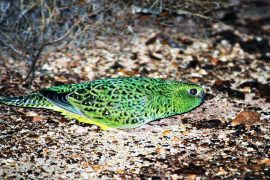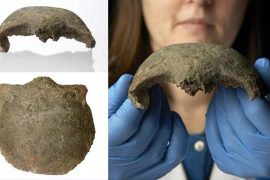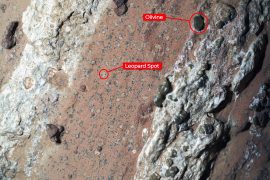Melicope saint-johnii NatureServe Explorer Species Reports — NatureServe Explorer is a source for authoritative conservation information on more than 50,000 plants, animals and ecological communtities of the U.S and Canada. NatureServe Explorer provides in-depth information on rare and endangered species, but includes common plants and animals too. NatureServe Explorer is a product of NatureServe in collaboration with the Natural Heritage Network.
ITIS Reports — Melicope saint-johnii ITIS (the Integrated Taxonomic Information System) is a source for authoritative taxonomic information on plants, animals, fungi, and microbes of North America and the world.sandwicensis Mt. Kaala melicope Melicope sessilis Maui melicope Melicope trichantha hairyflower. Established in 1964, the IUCN Red List of Threatened Species has evolved to become the world’s most comprehensive information source on the global conservation status of animal, fungi and plant species.
FWS Digital Media Library — The U.S. Fish and Wildlife Service’s National Digital Library is a searchable collection of selected images, historical artifacts, audio clips, publications, and video.Melicope saint-johnii, the St. John’s pelea or St. John’s melicope, is a species of tree in the family Rutaceae. It is endemic to the Hawaiian Islands, where it is present only on the island of Oahu. Like other Hawaiian Melicope, this species is known as alani. It is threatened by habitat loss. It is a federally listed endangered species of the United States. a member of the citrus family (Rutaceae), is a slender tree 10-20 ft (3-6 m) tall. The leaves are opposite or occasionally occur in threes on young lateral branches; 2.4-6.3 in (6-16 cm) long and 1.2-3.3 in (3-8.4 cm) wide, the leaves are narrowly to broadly elliptic, sometimes elliptic egg-shaped, or rarely lance shaped.












